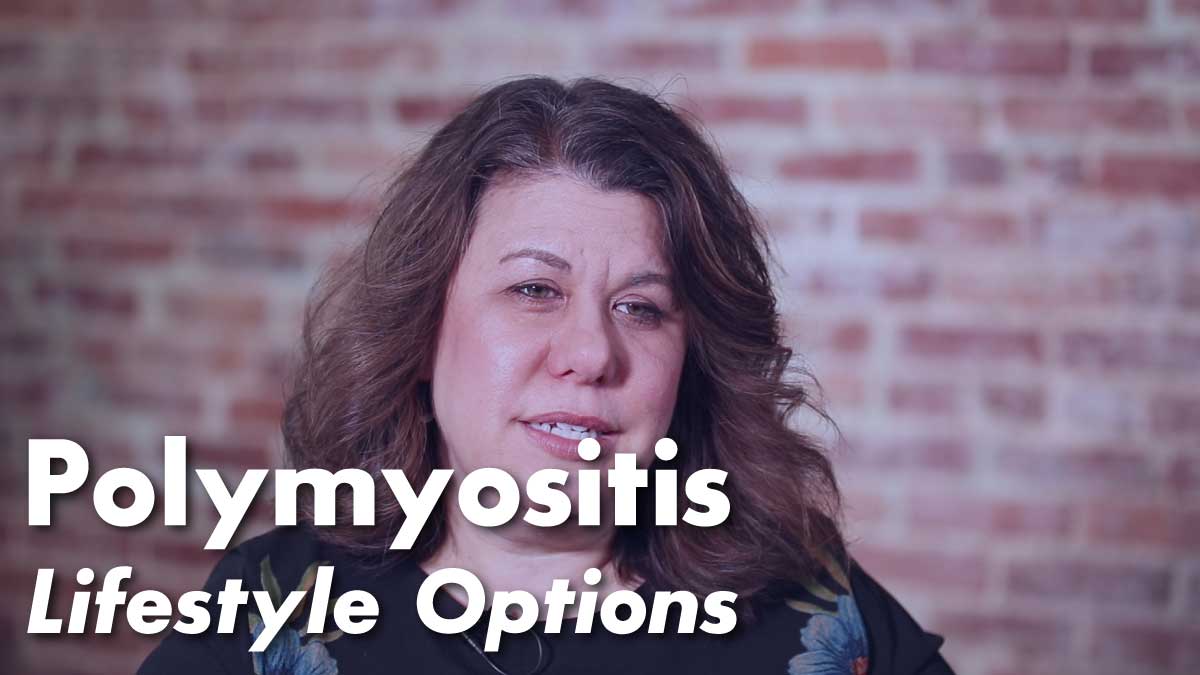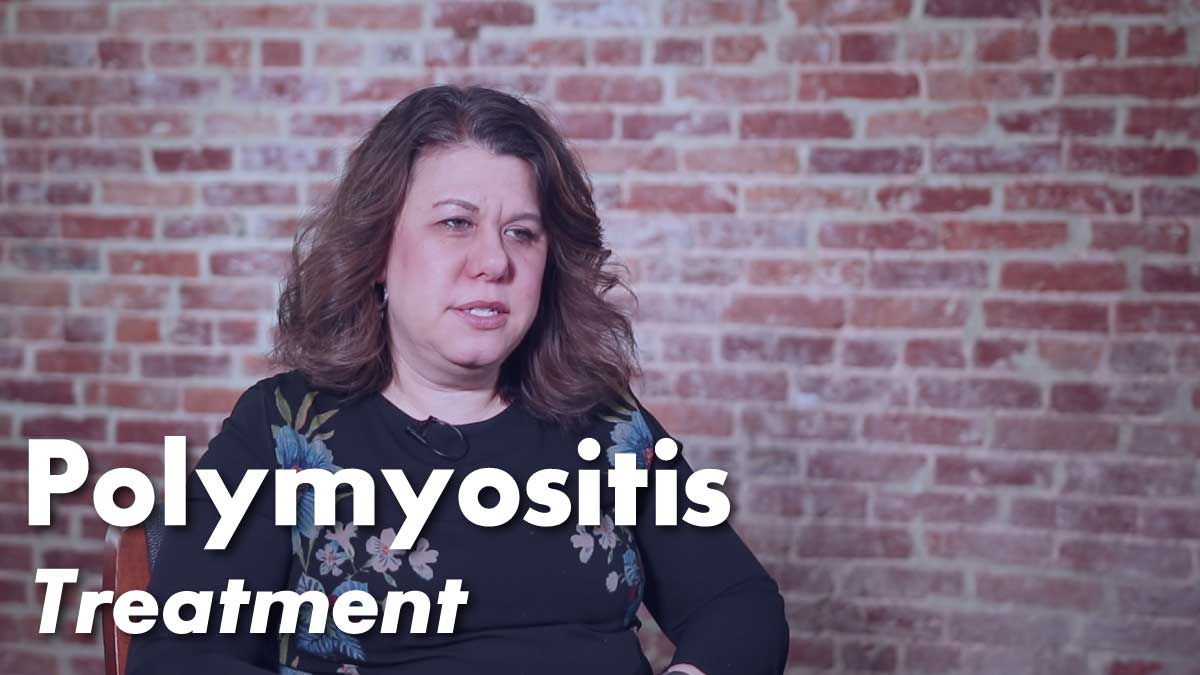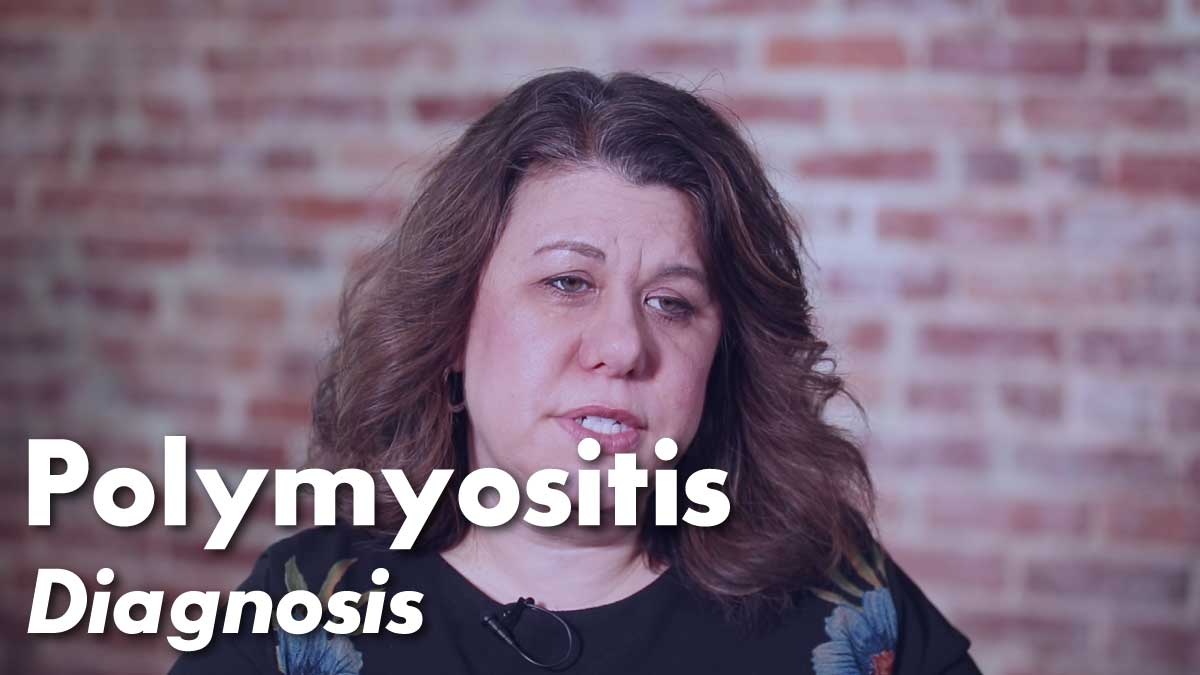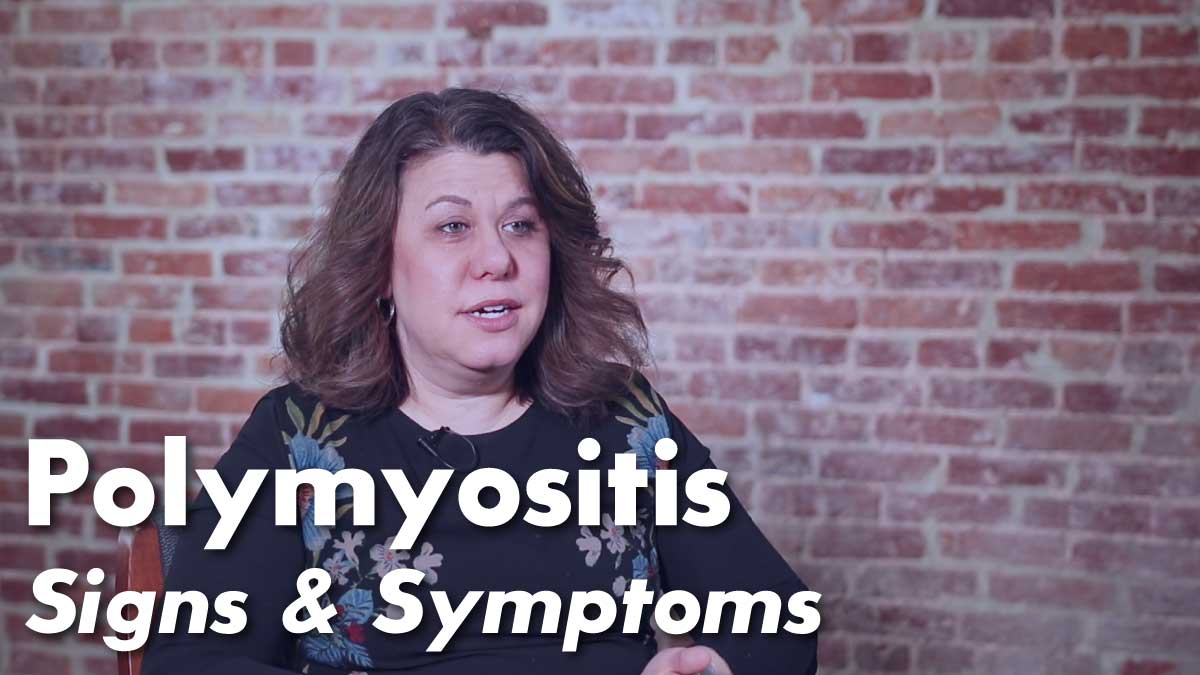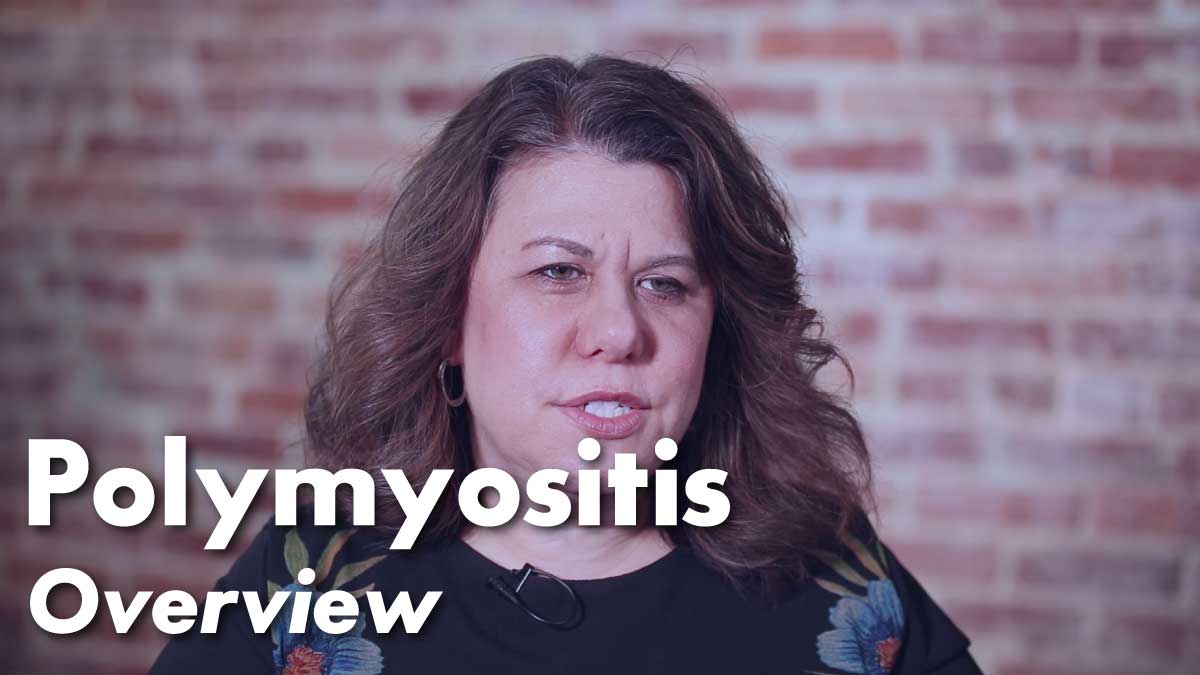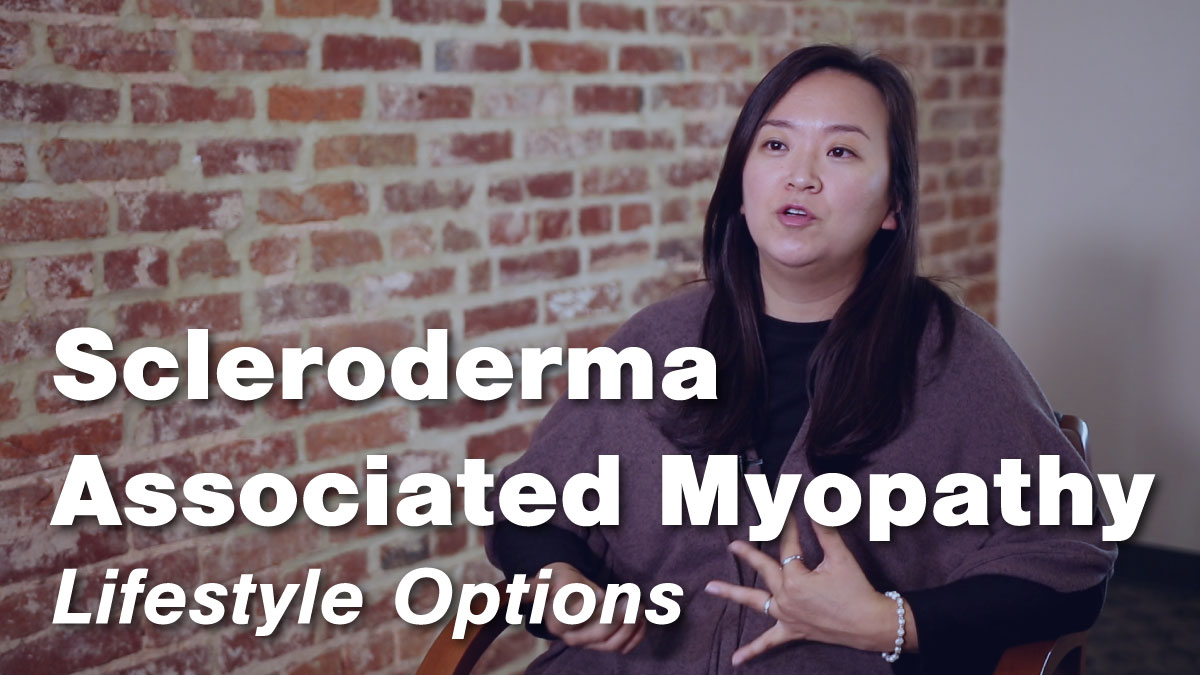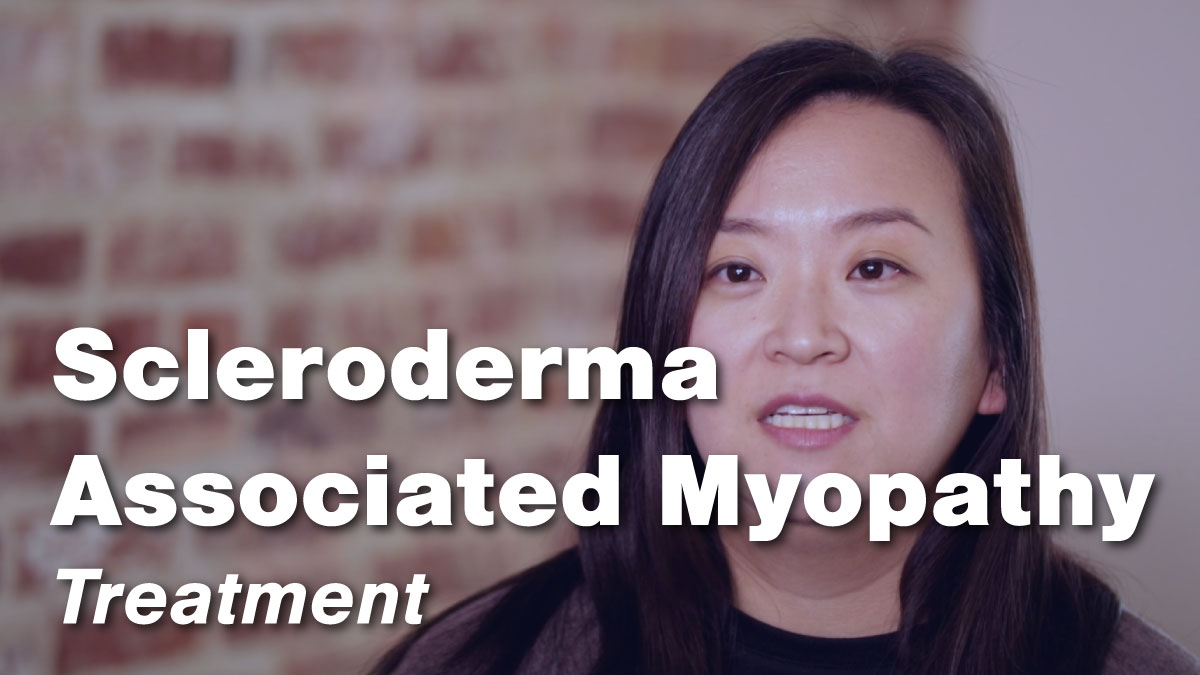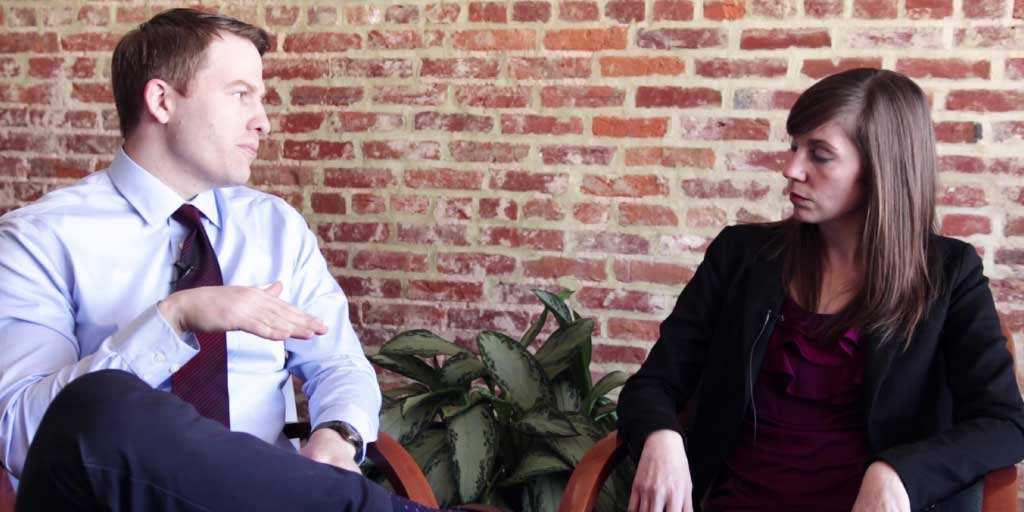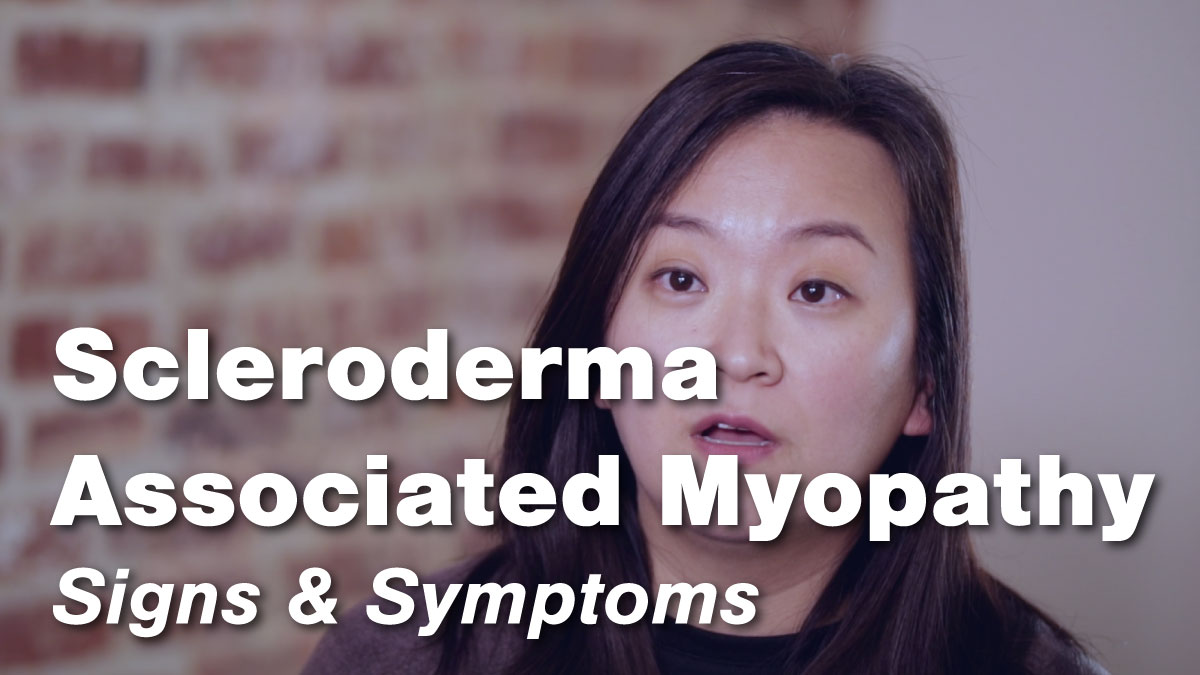
Scleroderma Associated Myopathy is a muscle disease that Scleroderma patients can develop. Unfortunately, there isn’t very much knowledge about this kind of Myopathy, but the Johns Hopkins Rheumatology Division is working to understand more about this disease. Dr. Julie Paik, Assistant Professor of Medicine at Johns Hopkins Rheumatology, explains the complicated nature of this disease.
